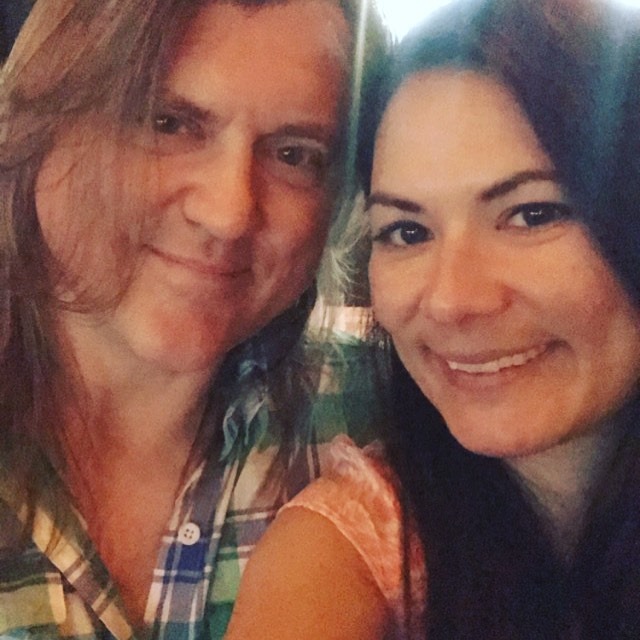The best candidates for this treatment are those with visible bulges in specific areas, which they wish to eliminate. CoolSculpting is a fat reduction technique specifically designed to remove excess fat that is not responsive to exercise and diet programs. It is important to understand that CoolSculpting is not the right choice for every patient. It is not recommended for individuals suffering from paroxysmal cold hemoglobinuria or cryoglobulinemia. Additionally, please understand that this is not an obesity treatment. As with any medical procedure, we will need to perform an evaluation before determining if you are a good candidate.
The exact treatment cost will be determined by a number of factors, such as the specific treatment area, your goals, and the total number of sessions needed to achieve those goals. Our practice focuses on customized care, and we will tailor your treatment plan according to your goals, your body, and your budget.
Each patient is unique, and each treatment plan is personalized. Therefore, the number and timing of appointments can vary. Similarly, the duration of the appointment will vary, depending on the number, size, and location of areas being treated.
CoolSculpting crystalizes fat cells by safely reducing the temperature. This effectively kills the cells, and they are processed and eliminated by the body. Once a cell is dead, it is gone forever.
You will notice an intense coldness and some pressure at the beginning of the procedure, but the feeling dissipates quickly. The process is comfortable enough that many patients work with their laptops, read, watch videos, or even catch a quick nap during treatment.
The FDA has cleared this technology for treatment of thighs, abdomen, and flanks (better known as love handles). More than a million procedures have been performed globally, and CoolSculpting has proven to be an effective, safe method of removing unwanted body fat without surgery.
Some patients report sensations of discomfort, numbness, pinching, tugging, or deep pulling during the treatment, especially at the beginning of the procedure. Immediately afterwards there may be mild side effects such as tingling, firmness, bruising, temporary numbness, stinging, some pain, redness, or light swelling. In rare cases other side effects may develop.
There is essentially no downtime with CoolSculpting, and you will be able to resume normal daily activities immediately after treatment. The procedure is noninvasive and gentle. Many patients return to work immediately following a CoolSculpting session.
You could notice visible improvement as early as the third week after the procedure, and results continue developing for approximately two months. Your body will be flushing out eliminated fat cells for about four to six months after treatment.
No, you will not need to alter your current diet and exercise routine, nor will you need to take any supplements or other pills. However, patients frequently develop more healthy habits after CoolSculpting due to the boost tin confidence and a renewed interest in looking and feeling great.
For many people, weight gain is highly unlikely due to voluntary lifestyle improvements. However, research has shown that if weight gains do occur, it is not restricted to the area of treatment. Instead, new weight tends to be evenly distributed over the body.
Before broadband light treatments, patients should avoid sun exposure and tanning beds at least four weeks prior. One week in advance, patients should discontinue NSAID and aspirin regimens if possible. Toxin (Botox, Dysport, Xeomin) should not be received within one week of BBL therapy; patients can enjoy these treatments several days after if desired. After BBL therapy, patients should reduce sun exposure, avoid heat (saunas, hot baths, and exercise), and apply cold compresses until post-treatment symptoms subside, and expect crusting and peeling of the skin. Patients are advised not to pick and scratch at the skin as this can affect the healing process and cause scarring.
Patients are encouraged to shave the area the night before or the morning of their procedure, but should avoid depilatory creams, waxing, and plucking for at least two weeks prior. Patients should not apply lotion or makeup to the skin the day of treatment, and should wear clothing that allows the dermatologist to access the area required for treatment. Patients should avoid sun exposure and tanning beds for one month before the procedure, and should not have an active cold sore the day of treatment. After laser hair removal, patients should only use mild soaps on the area and can expect redness and swelling. Hair will slowly fall out over the course of several weeks, but it should not be removed by any means other than shaving. Over-the-counter moisturizers can be used on the skin at least three times a day, and the skin should never be rubbed after treatment, as it may be extremely sensitive. Patients can use ice packs to address any discomfort of the treatment area, and should avoid heat for 24 hours after therapy. Patients should not be on any antibiotics or photosensitive medications. These include, but are not limited to: Antibiotics, St. John's Wart, and Tonic water. Patients are expected to contact their pharmacist to establish if their daily medications are photosensitive.
Patients undergoing dermal fillers should avoid aspirin, ibuprofen, vitamin E, fish oil, and supplements approximately one week before treatment. This can reduce bruising and minimize bleeding during injections. An hour before treatment, patients can take an antihistamine pill to reduce redness and swelling. After the injections, patients should avoid alcohol, exercise, and topical products for one to three days. Bruising can be covered with makeup, though patients should avoid touching the area of treatment for approximately six hours after treatment. Cold compresses can be used for swelling, and Tylenol is approved for pain and discomfort.
























